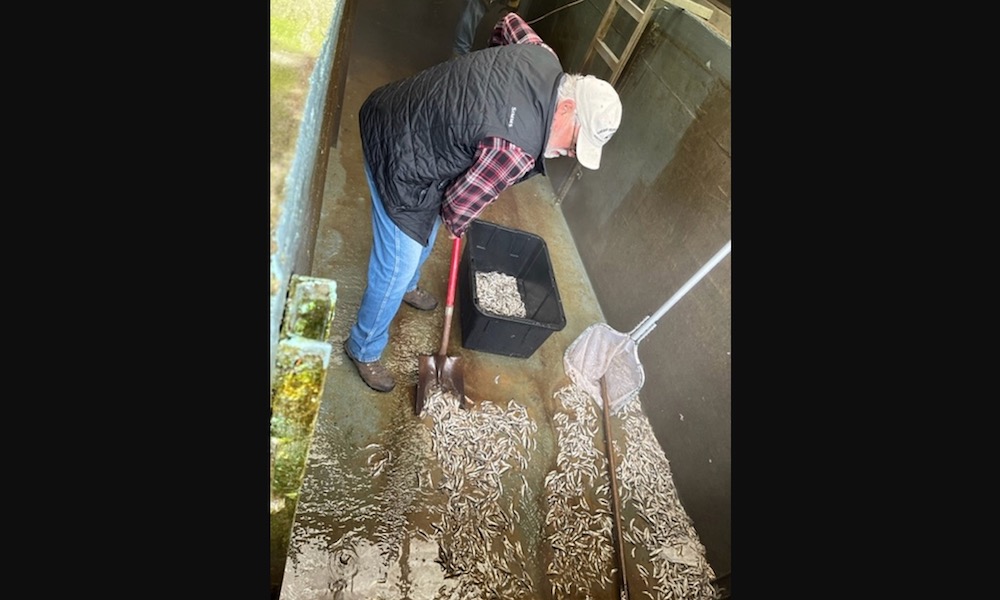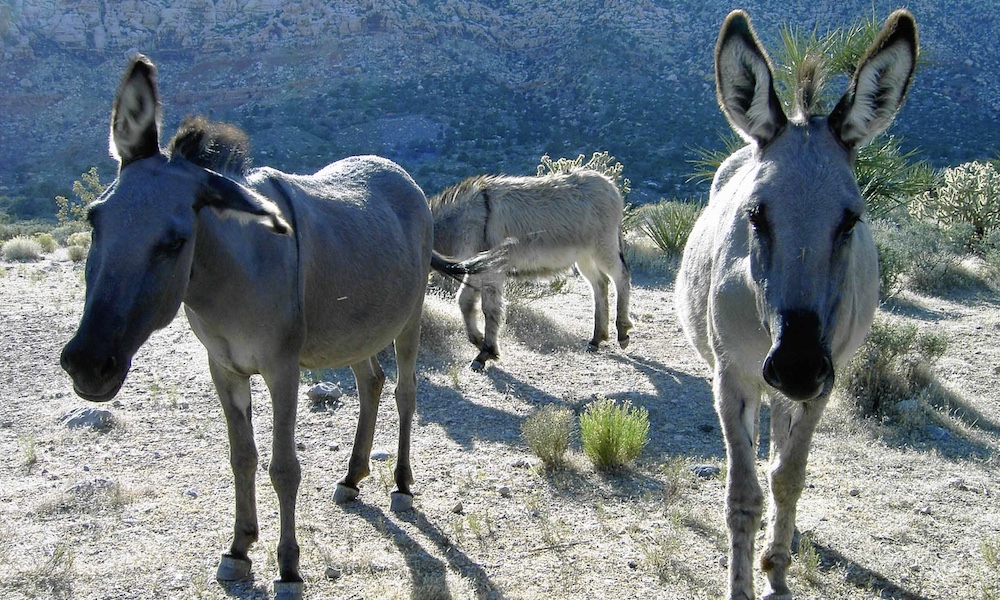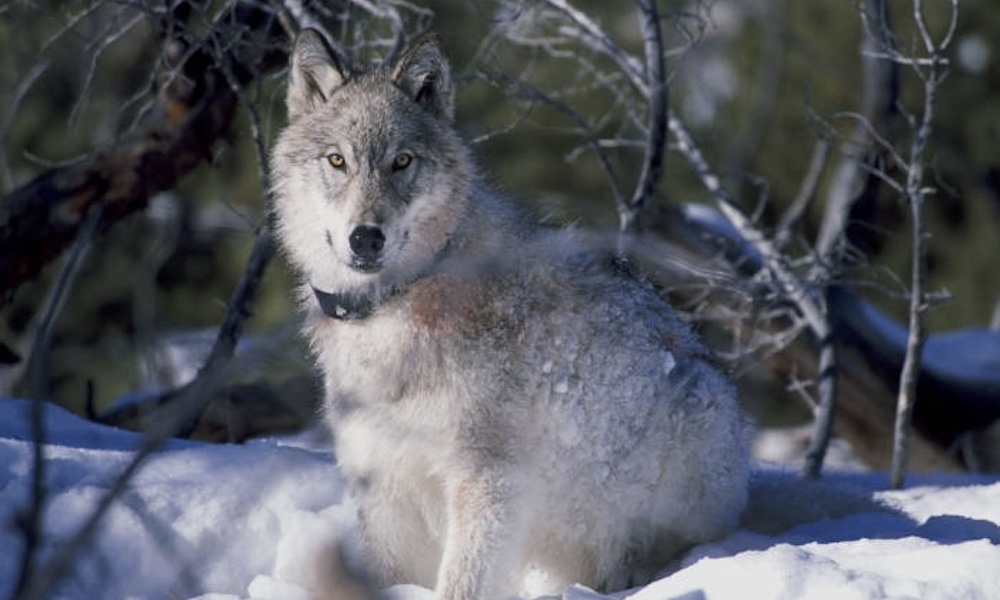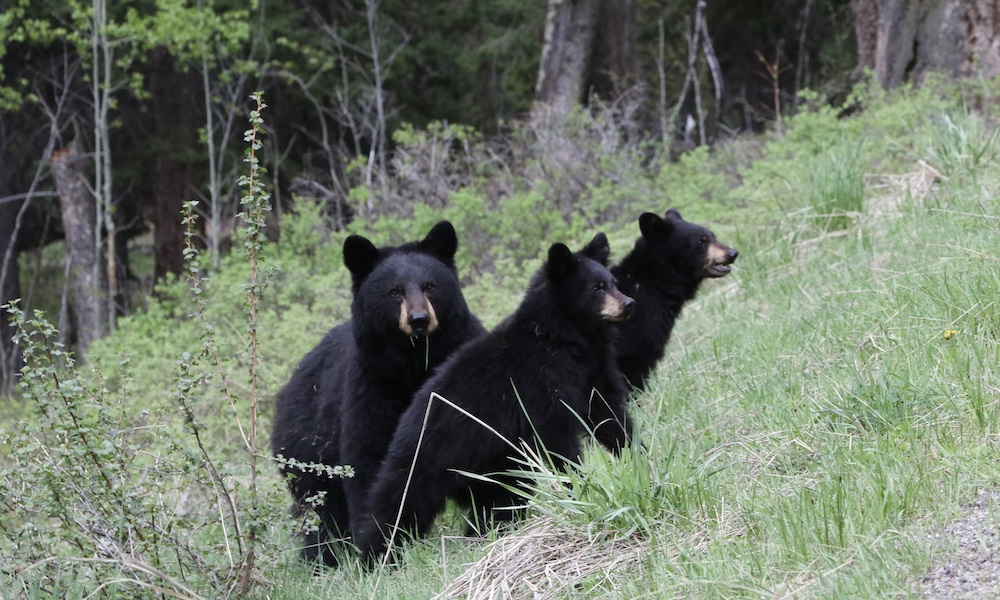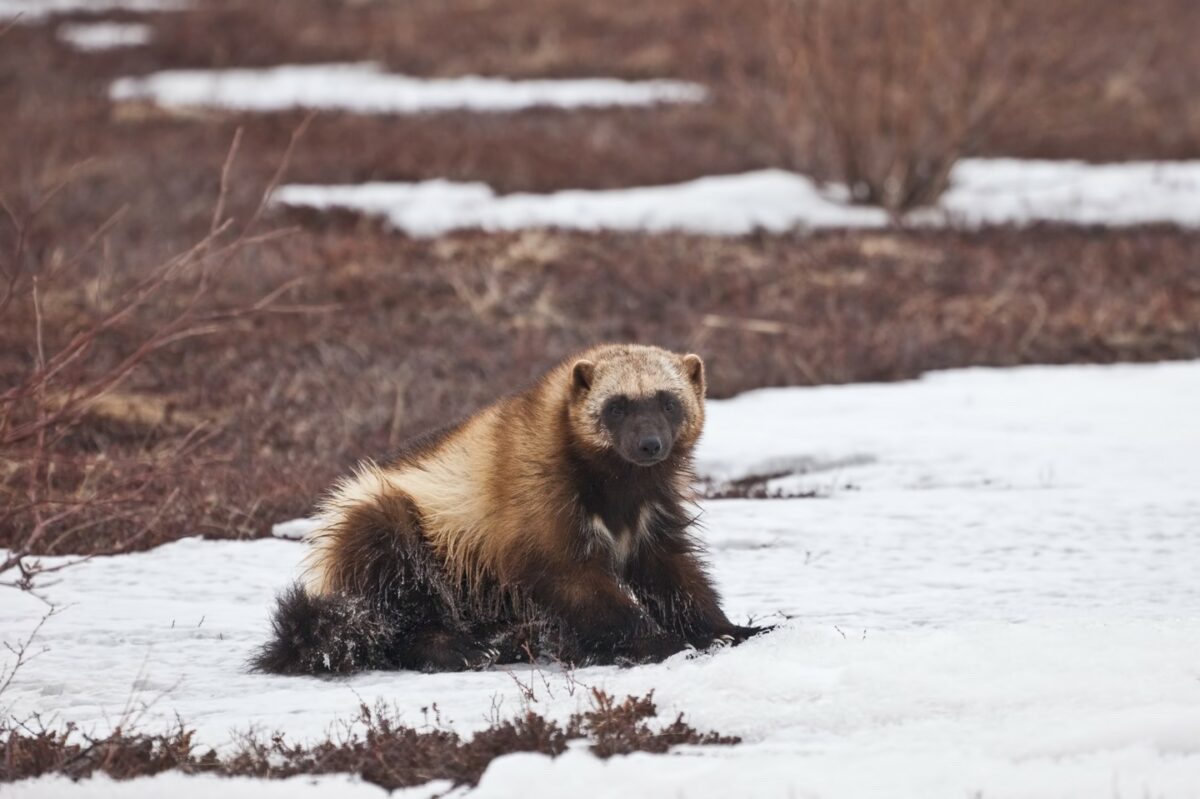A 20-year-old man suspected of killing nearly 18,000 young salmon at an Oregon fish hatchery was charged with burglary, criminal trespass and criminal mischief, and will be charged with poaching as well.
The suspect faces a huge financial penalty and possibly a lifetime fishing ban.
The chinook salmon died after a gallon of bleach was poured into one of the four rearing tanks at the hatchery, according to the Oregon Department of Fish and Wildlife.
Joshua Heckathorn was arrested after sheriff’s deputies discovered him behind a locked gate at the Gardiner, Reedsport and Winchester Bay Salmon Trout Enhancement Program hatchery in Reedsport.
Heckathorn admitted to trespassing on the property, entering a storage location and handling the chemical bottle on Monday night.
“The killing of these fish is a real blow to the STEP Program Volunteers, ODFW, fishermen, and the community as a whole,” Oregon State Police Fish and Wildlife Division Sergeant Levi Harris said. “In my 25 years as a game warden, this is one of the most senseless acts I have seen.”
The Douglas County Sheriff’s Office and the Oregon State Police Fish and Wildlife Division are collaborating efforts to address vandalism on the property and the significant poaching incident.
From the Oregon Department of Fish and Wildlife:
Poaching charges will include Unlawful Taking Chinook Salmon for 17,890 fish, which raised the charge to a Class C felony. In addition, Heckathorn faces charges of Making a Toxic Substance Available to Wildlife, which is a Class A Misdemeanor; and Criminal Mischief 1st Degree (Damaging or destroying property of another in an amount exceeding $1,000). Additional penalties could include a lifetime angling license suspension and damage suits for unlawful killing of wildlife.
The maximum civil penalty in Oregon for illegal take of a single Chinook salmon is $750. Courts have the authority to multiply that amount by the number of fish taken, with a judgment in this case potentially raising the amount to over $13 million, according to Sergeant Harris. Although it is unlikely to elevate to that level, the case represents a significant loss to the STEP program…
The estimated 18,000 fish lost contribute to the lower Umpqua River fall Chinook fishery and would have joined approximately 60,000 other fall Chinook pre-smolts that will be fin clipped and released in June.
“You get attached to those fish,” said Deborah Yates, president of the STEP program. “When nature does something, it’s crushing. But it’s nature and it happens. But when someone comes in and does something like this, you can’t wrap your head around it. We have so many hours wrapped up in those fish, to have someone come in so cavalier, and kill them, it doesn’t make sense.”
Photo caption: Hatchery Manager Tim Hooper shovels the dead pre-smolts from the bottom of the rearing pond. The fish will be frozen for future evidence in the criminal case. Photo courtesy of the Oregon Department of Fish and Wildlife.
